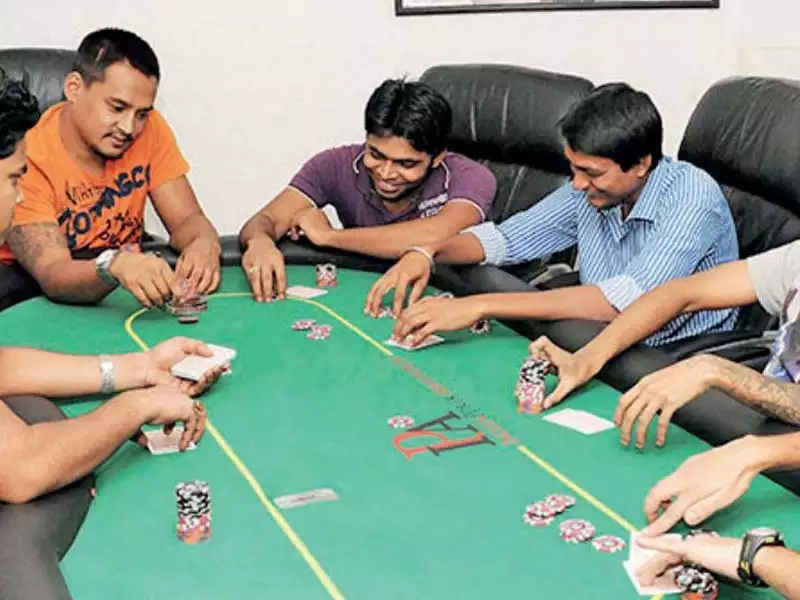In the realm of competitive games, few possess the allure and mystique of poker. With its origins shrouded in history and its roots stretching back centuries, poker has transcended time and borders to become a global phenomenon. Its blend of skill, strategy, and psychological warfare has captivated the minds of players and spectators alike. In this article, we delve into the intricacies of the game, unveiling the secrets behind the cards, and exploring what it takes to become a true master of poker.
At its core, poker is a battle of wits. It’s a game that combines the mathematical precision of probability with the art of reading opponents and manipulating their perceptions. In the quest for victory, players must navigate a complex web of decisions, constantly assessing risk versus reward. From the moment the cards are dealt, a symphony of strategy begins to play out.
One of the fundamental elements of poker is the ability to calculate odds. Players must analyze the cards in their hand, evaluate the potential combinations that can be formed, and determine the likelihood of achieving a winning hand. This mathematical aspect of the game forms the foundation for decision-making, guiding players to make informed choices based on the probabilities at hand.
However, poker goes beyond mere numbers. The psychological aspect is equally crucial. Skilled players understand that it’s not just about the cards they hold but also about how they can make their opponents perceive their hand. Through strategic bets, bluffs, and carefully timed maneuvers, players can manipulate the emotions and decision-making processes of their adversaries. The ability to read and deceive opponents is a hallmark of a true poker master.
Timing is everything in poker. Knowing when to strike, when to fold, and when to push your opponents to the brink requires a keen sense of awareness and intuition. It’s a delicate dance between patience and aggression, where players must balance the desire for immediate gains with the potential risks of overplaying their hand. The art of timing lies in the ability to seize opportunities without becoming predictable, adapting to the ever-changing dynamics of the game.
Furthermore, the best poker players possess a deep understanding of human psychology. They can decipher the subtle cues that reveal the strength or weakness of an opponent’s hand. The flicker of an eye, a slight twitch of the lips, or a nervous tap of the fingers can all unveil the secrets hidden behind the cards. By honing their observational skills and mastering the art of body language interpretation, players gain a significant edge over their rivals.
Poker is not merely a game of chance but rather a battleground of skill, strategy, and intuition. It rewards those who can think critically, remain calm under pressure, and adapt to ever-changing circumstances. To become a master of poker is to embark on a journey of self-discovery, constantly refining one’s abilities and embracing the endless possibilities that the game presents.
In conclusion, poker is a game that transcends its humble origins to become a captivating spectacle. From the smoky backrooms of underground establishments to the glittering lights of prestigious tournaments, poker has evolved into a symbol of intrigue and excitement. It challenges players to dig deep within themselves, unlocking the secrets behind the cards, and embracing the relentless pursuit of mastery. So, gather your chips, steel your nerves, and let the battle commence on the green felt battleground where legends are made.

Leave a Reply